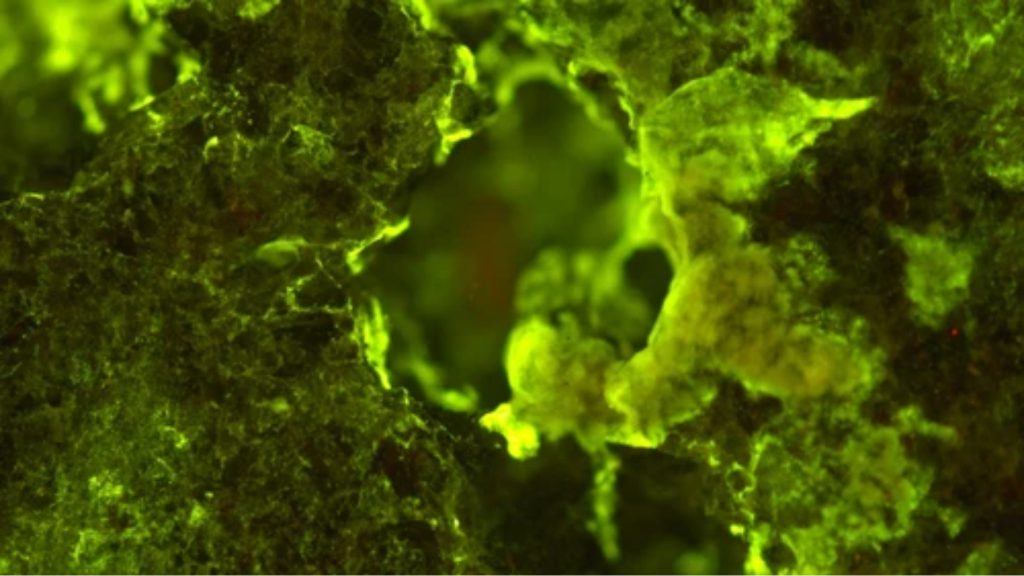Microbes: Miners of the Moon and Mars?
By Anurup Mohanty
Mining projects often require a lot of equipment, capital, and work-force. When we mine using conventional methods there can be a number of environmental concerns associated with it. Soil erosion, loss of biodiversity, formation of sink-holes, contamination of surface and groundwater are just to name a few. Moreover, mining poses threat to miners’ health, the tiny particles inside a mine can cause severe respiratory diseases.
Biomining is a method that employs microorganisms to extract metals from ores. It is simple and even cost effective in some cases. Many industries are using this technique to extract precious metals from low-grade sources or from sequestered places in the deep sea where conventional mining would be virtually impossible. However, there are environmental and ethical constraints to this – biomining deep in the ocean puts the marine flora and fauna in that region at risk as the microbes release acids as a part of their metabolism. This can shake the ecological balance, and due to this extraterrestrial biomining can be a viable option.
While it is giving promising results on Earth, an experiment called ‘BioRock’ was conducted by University of Edinburgh researchers along with many collaborators to explore the effects of altered gravity on these miner microbes which turned out to be really successful.
Three species of microbes in their dormant stage were taken to the International Space Station and were activated and allowed to grow on a dark coloured fine grained igneous rock called basalt. Basalt is formed when lava cools down. It is one of the most abundant volcanic rocks on earth and is also found on Mars and the Moon in significant quantities. Apart from these, the millions of bodies floating around in the asteroid belt are teeming with the mineral as well.

So, what’s next in biomining research?
With the rapidly increasing global population, demand for rare earth metals is increasing as well. Mining companies are investing tremendous amounts of capital to extract metals from secluded places, this makes mining tough, a time will come when we will run out of these secluded places on Earth as well.
Humankind is looking forward to being an interplanetary species, with advancements like reusable rockets and involvement of private partners in space exploration. The space frontier has opened up like never before. Landing on planetary surfaces has been mastered by us. The next goal is to extract resources from planetary surfaces and asteroids for survival. Humans can reach other planetary surfaces and set up camps, but extracting resources by conventional methods on other worlds is likely to be a really tough job!
Extremophiles, organisms that can thrive in extreme environments relative to us, are the perfect candidates to execute such missions. Biomining will provide really promising outcomes in the expected time to come. Currently extensive research in the field of genetic engineering and synthetic geomicrobiology is going on to improve the efficiency of these microbes in extracting metals in harsh conditions.
In the foreseeable future, we can hope to see miner microbes reaching other planetary surfaces before we humans set our feet there, to see the extracted metals ready for us to harness on. The secluded places might never run out if we consider all of the solar system to be our canvas for exploration.
Anurup Mohanty is an undergraduate student of biotechnology at SRM Institute of Science & Technology and a Research Associate with the BMSIS Young Scientist Program working on life detection. He is fascinated by microbes and their applications in astrobiology.
For further reading, see:
